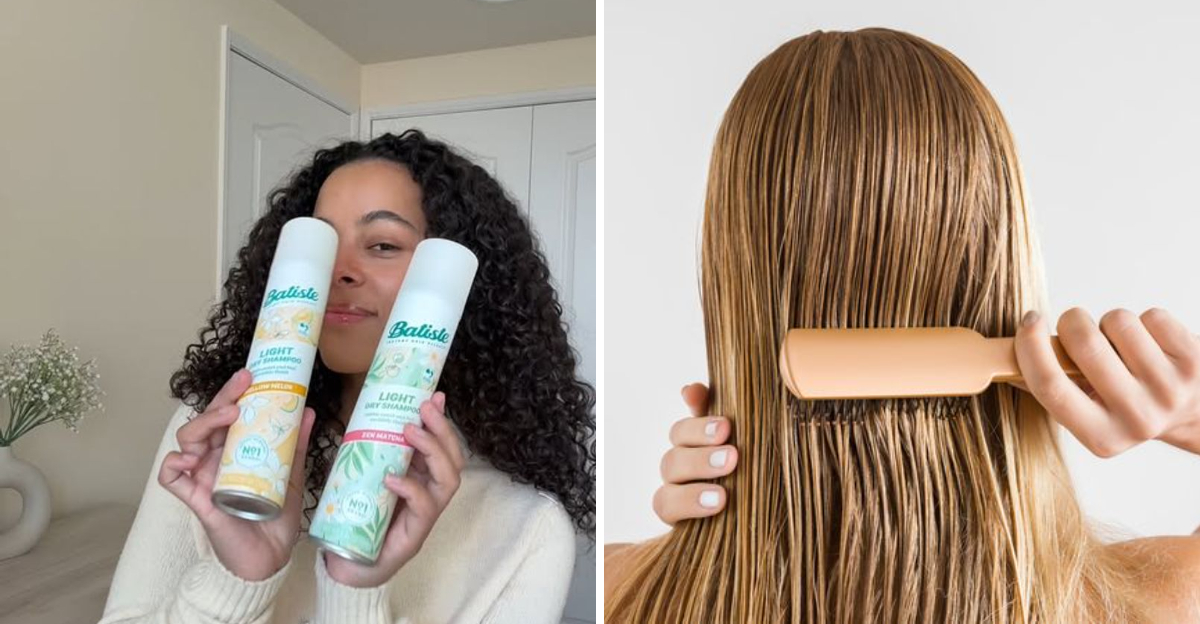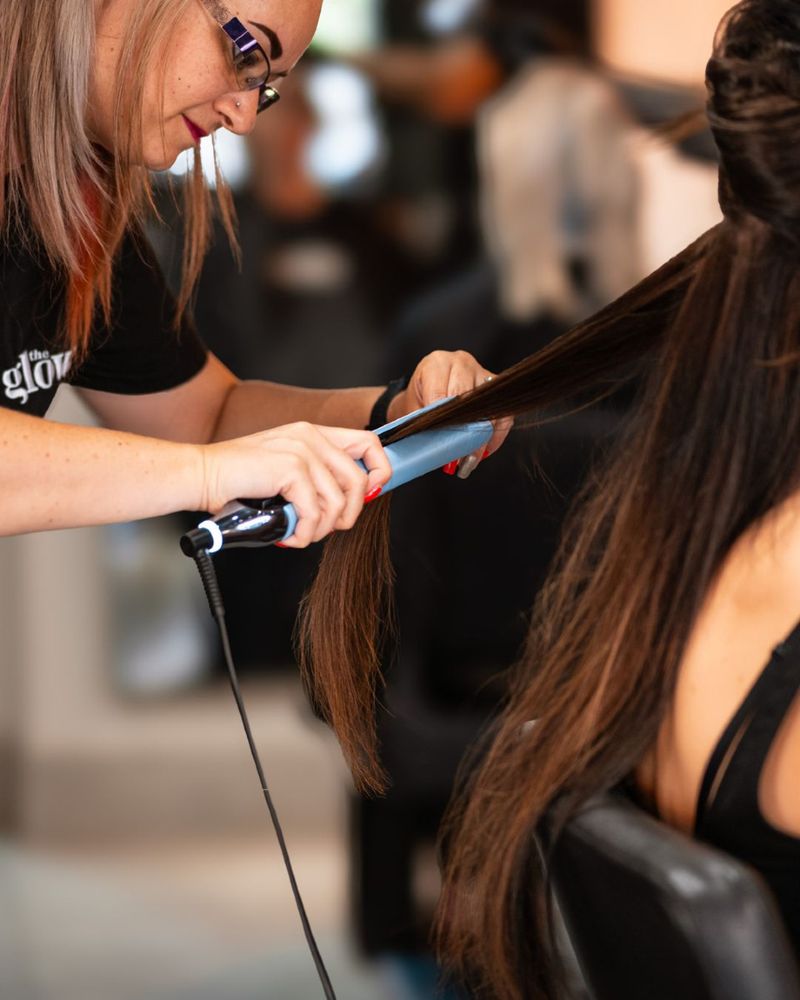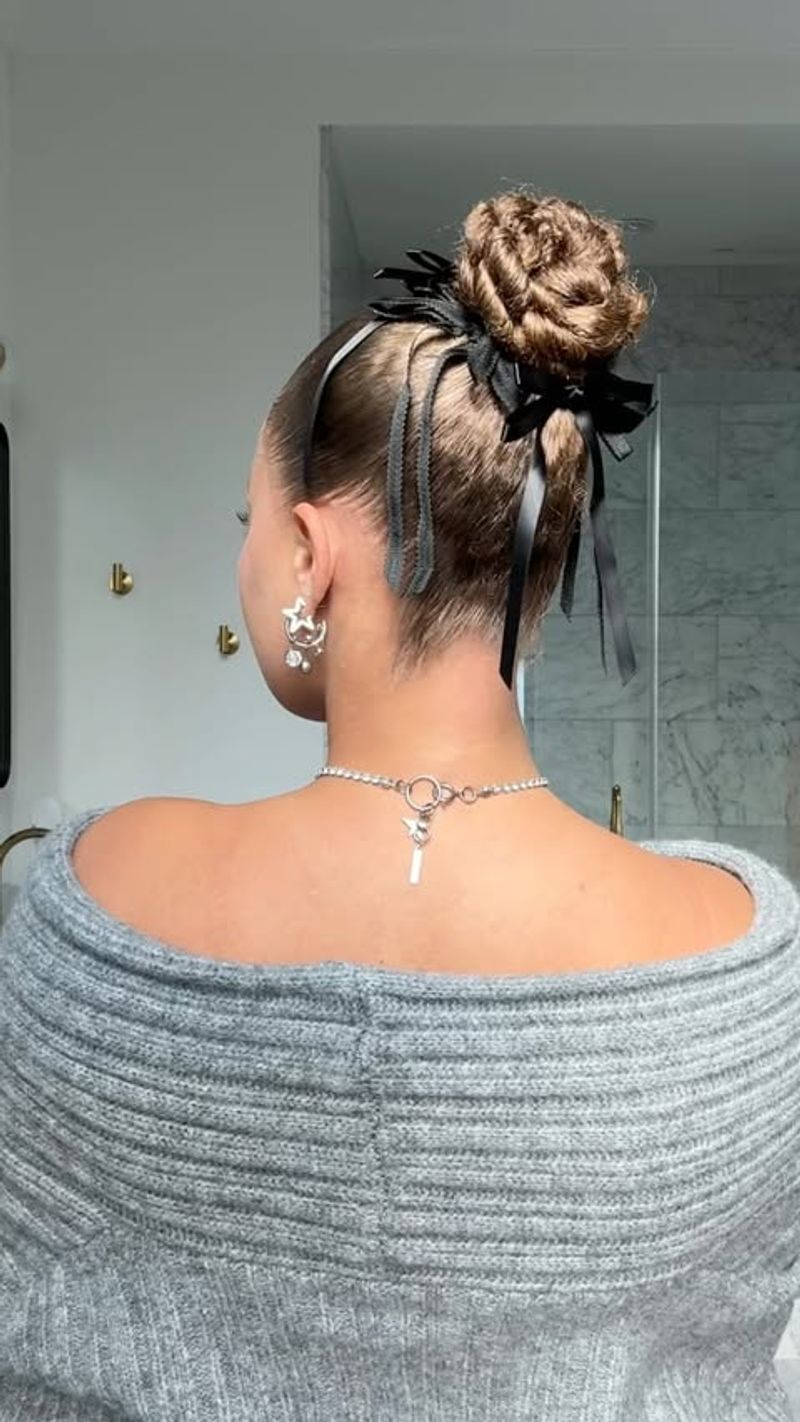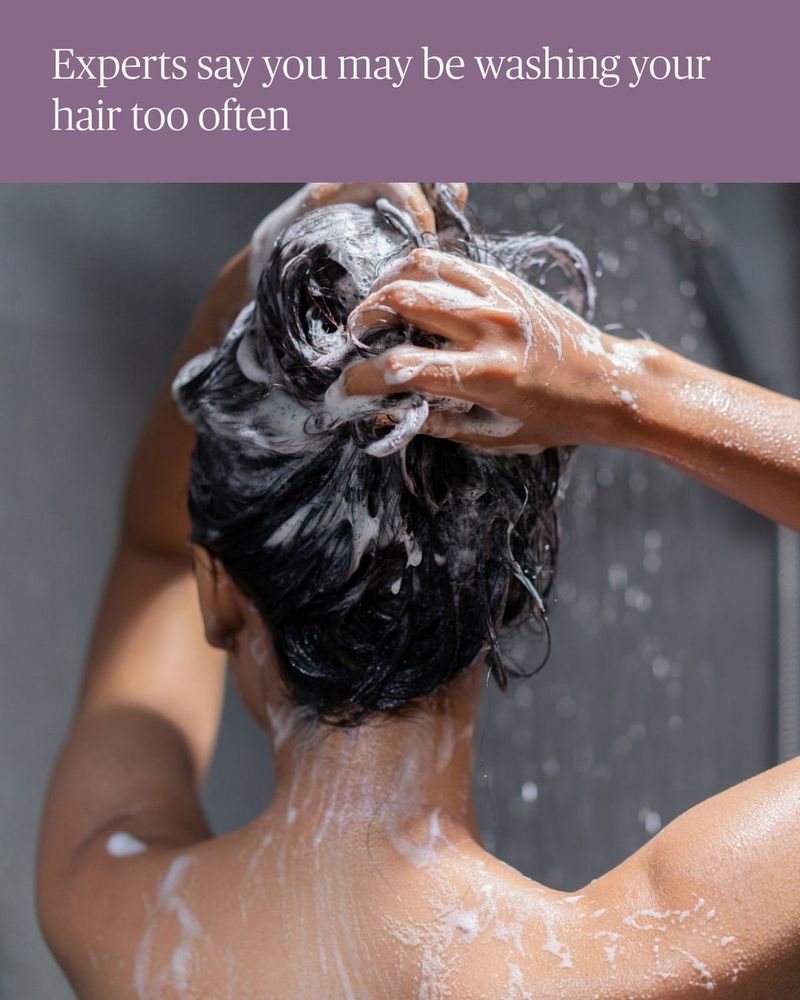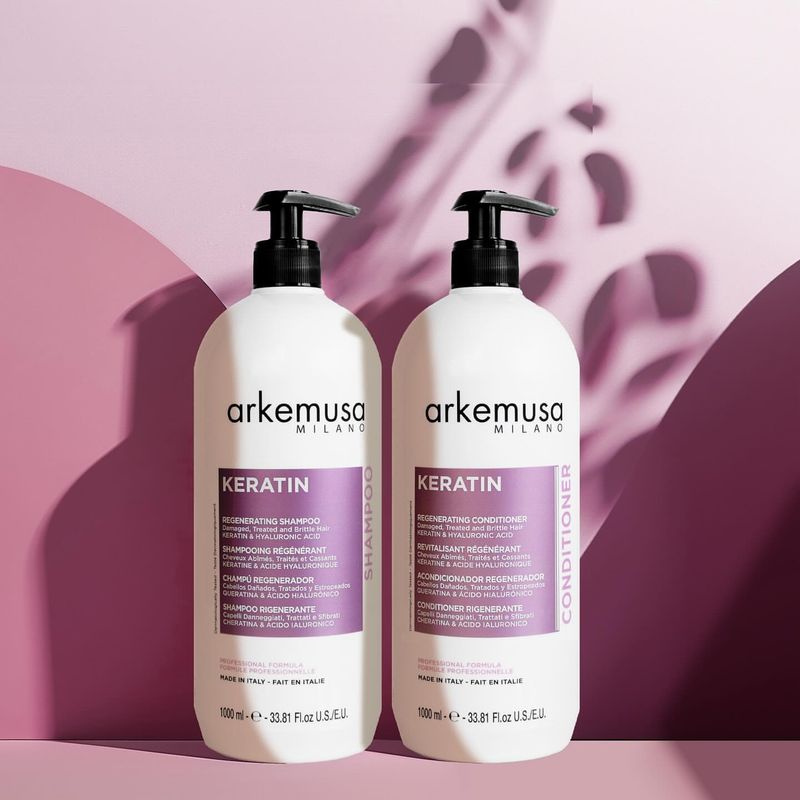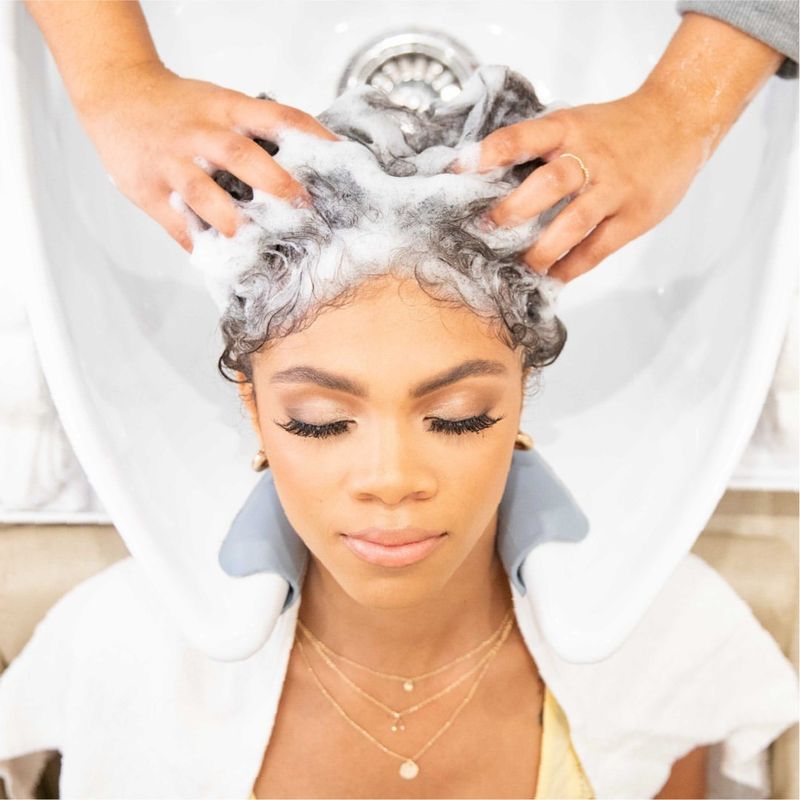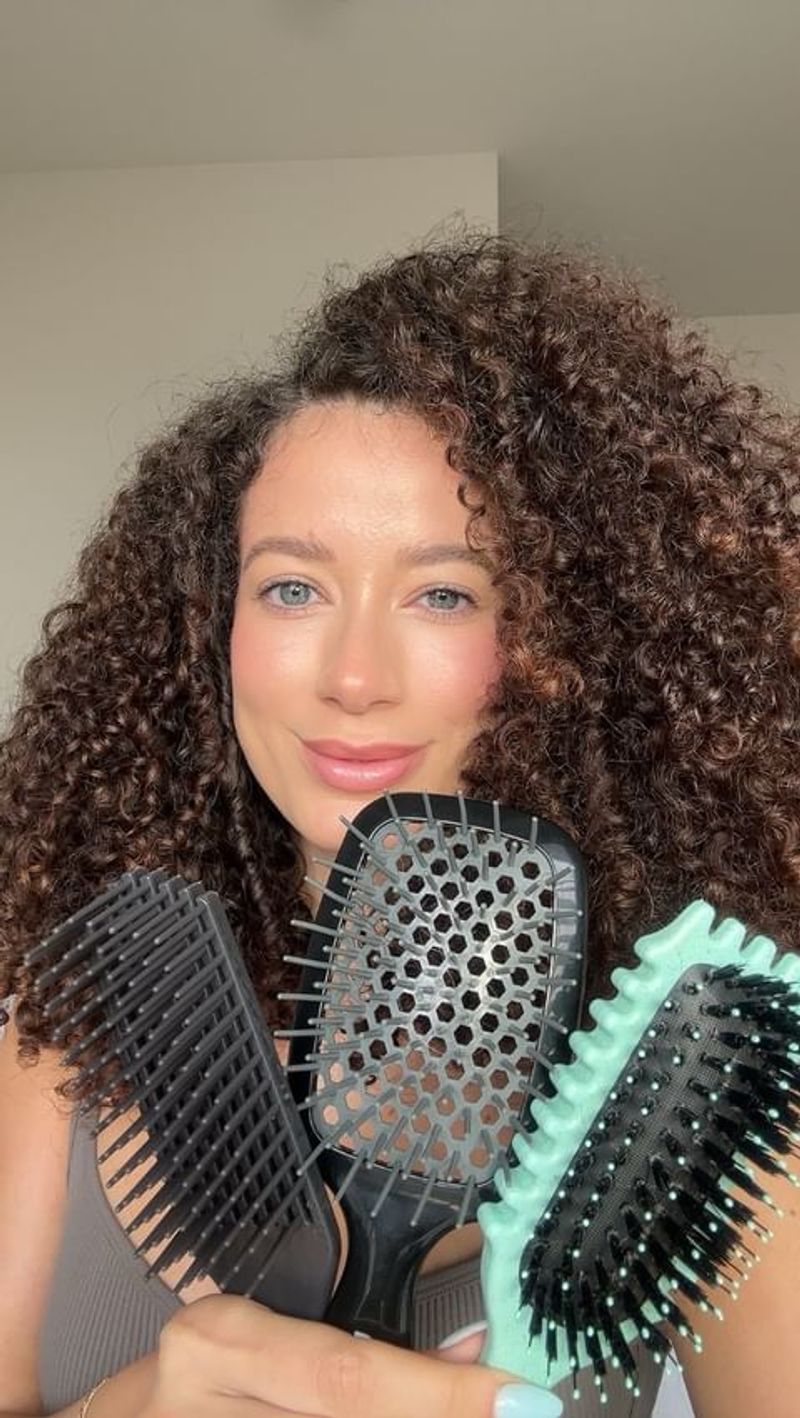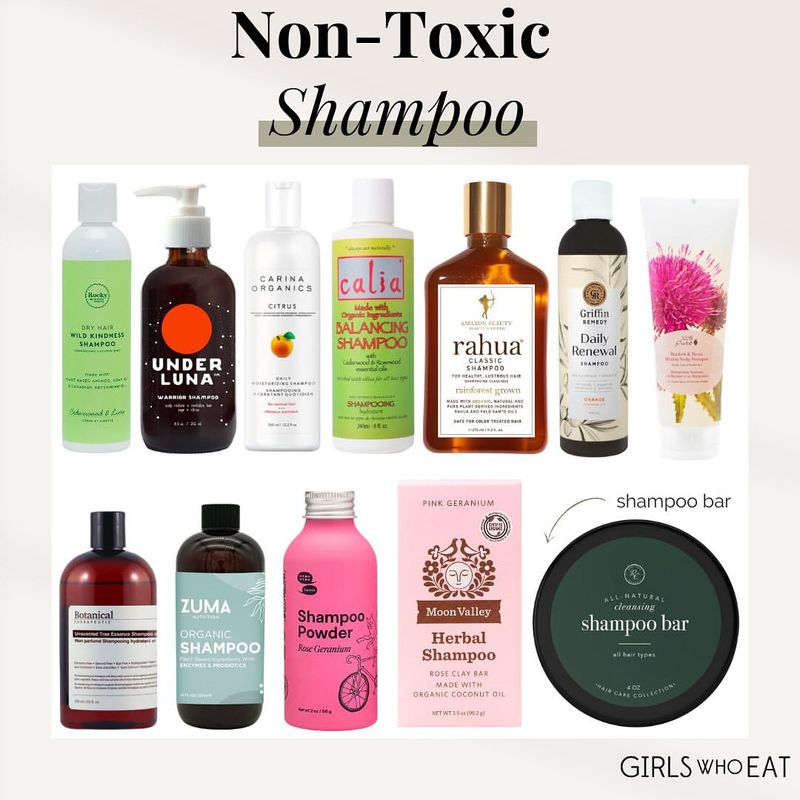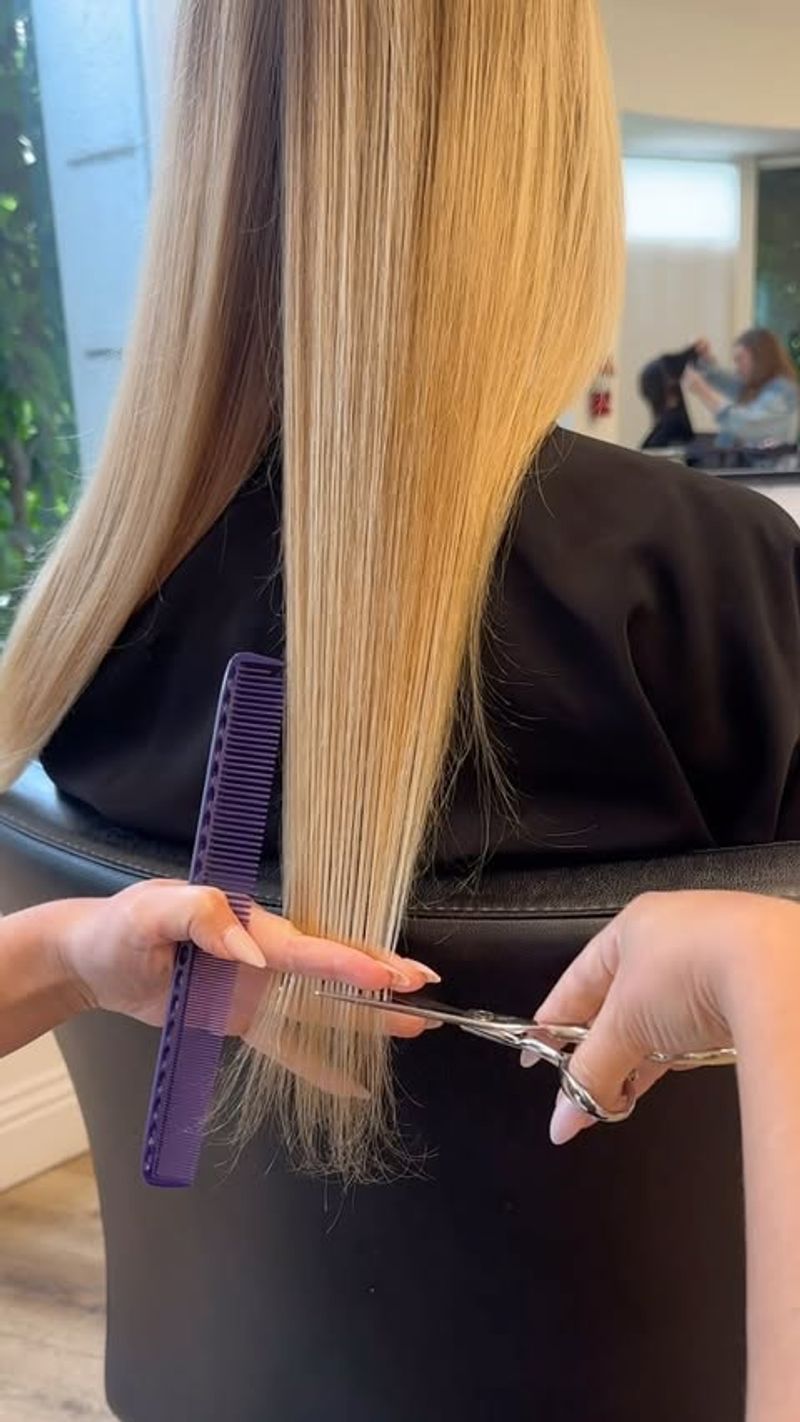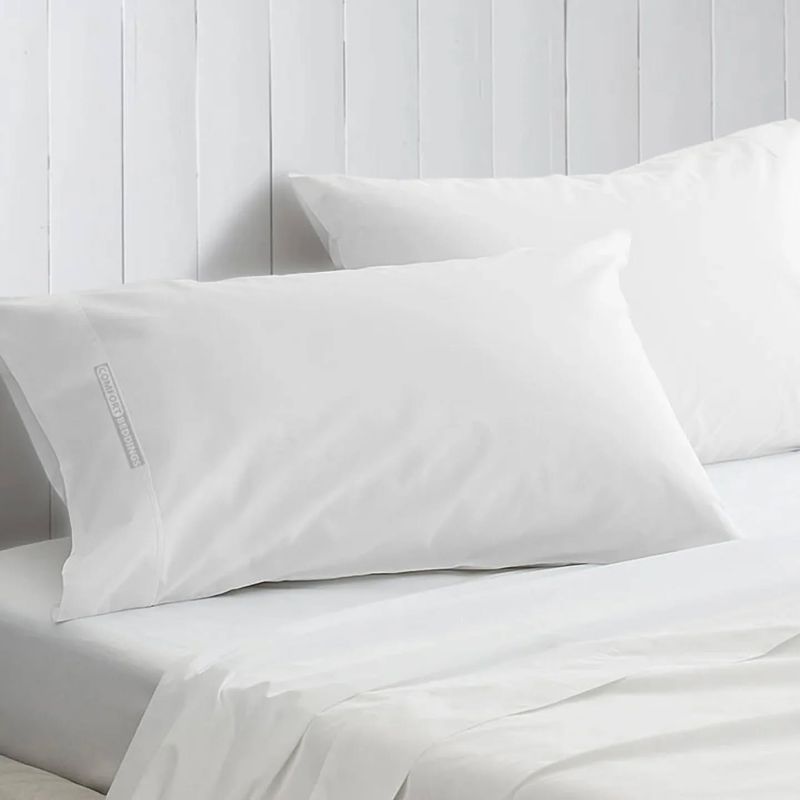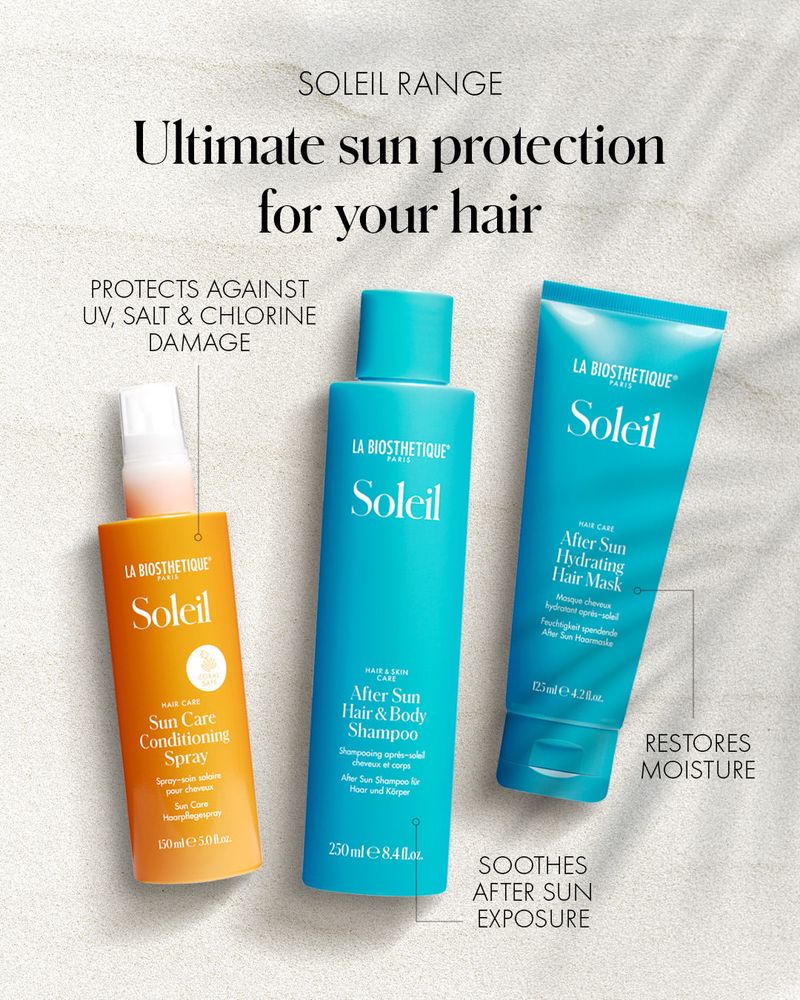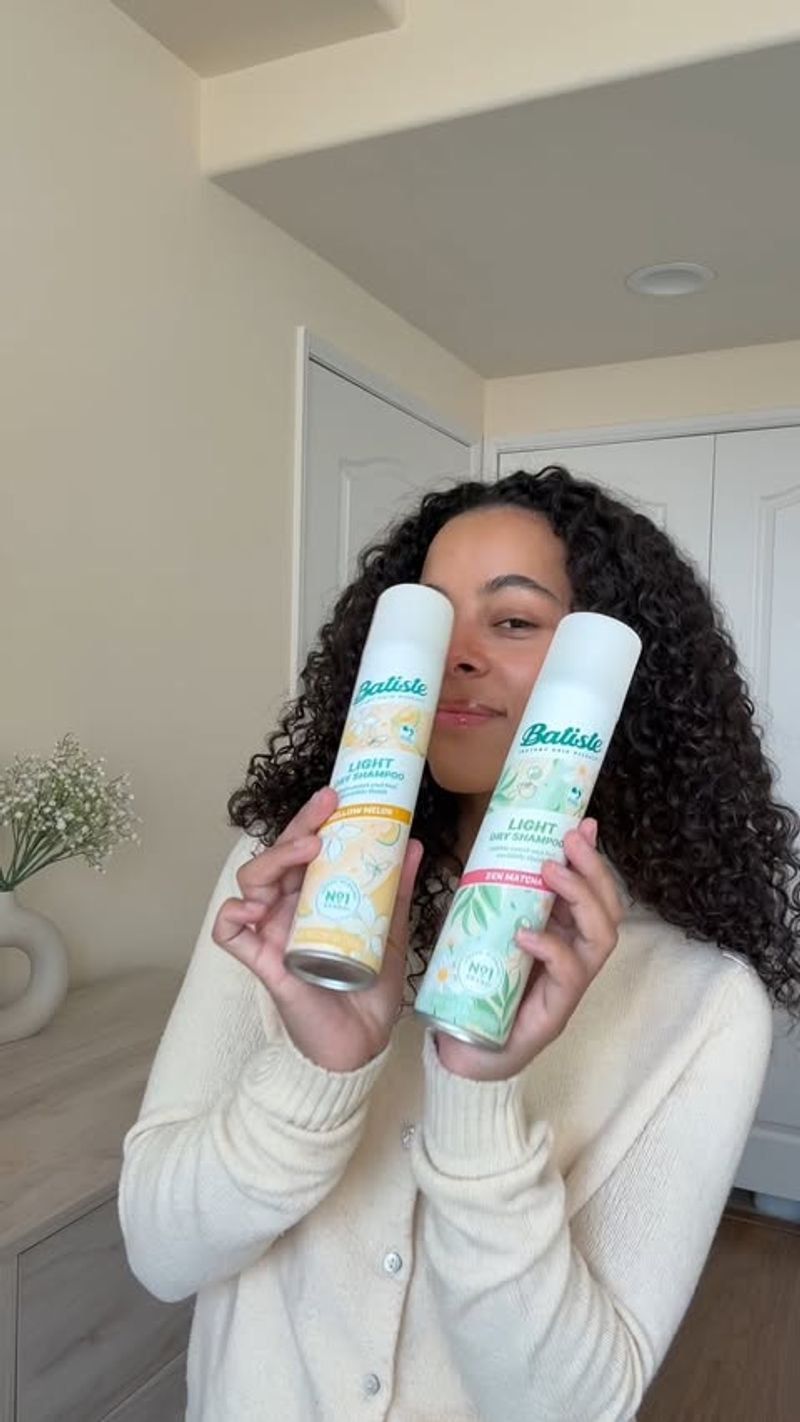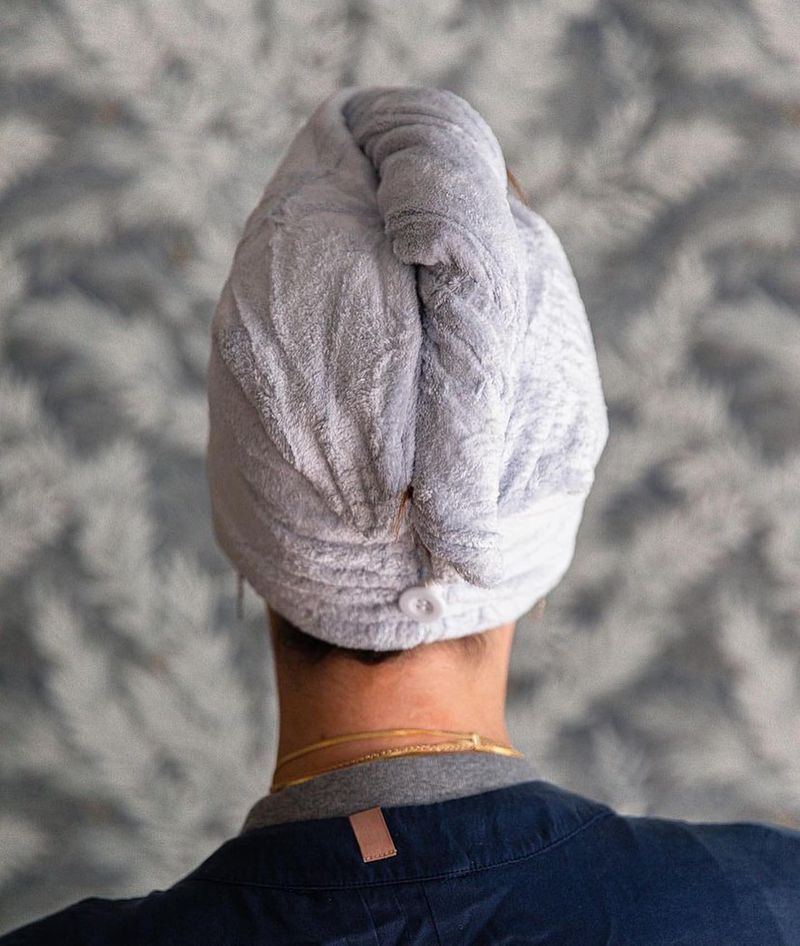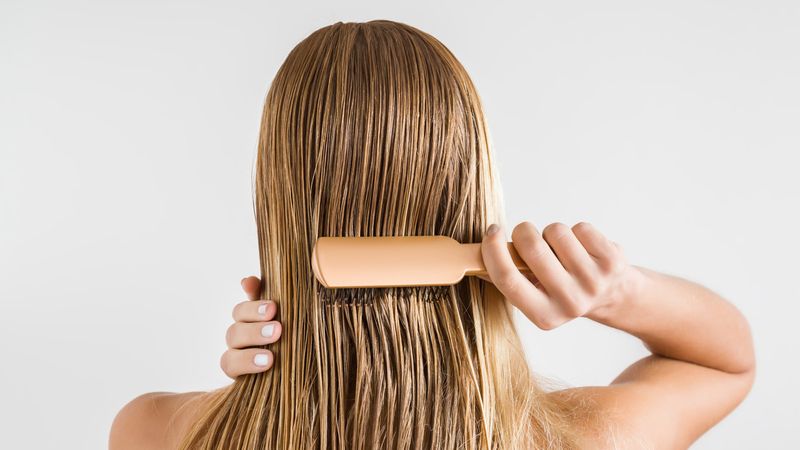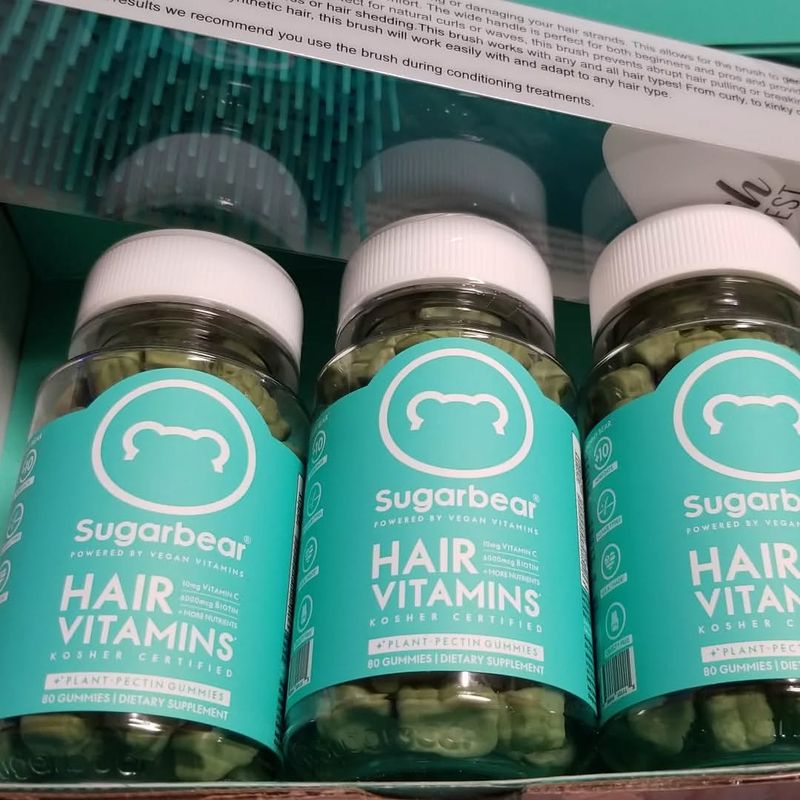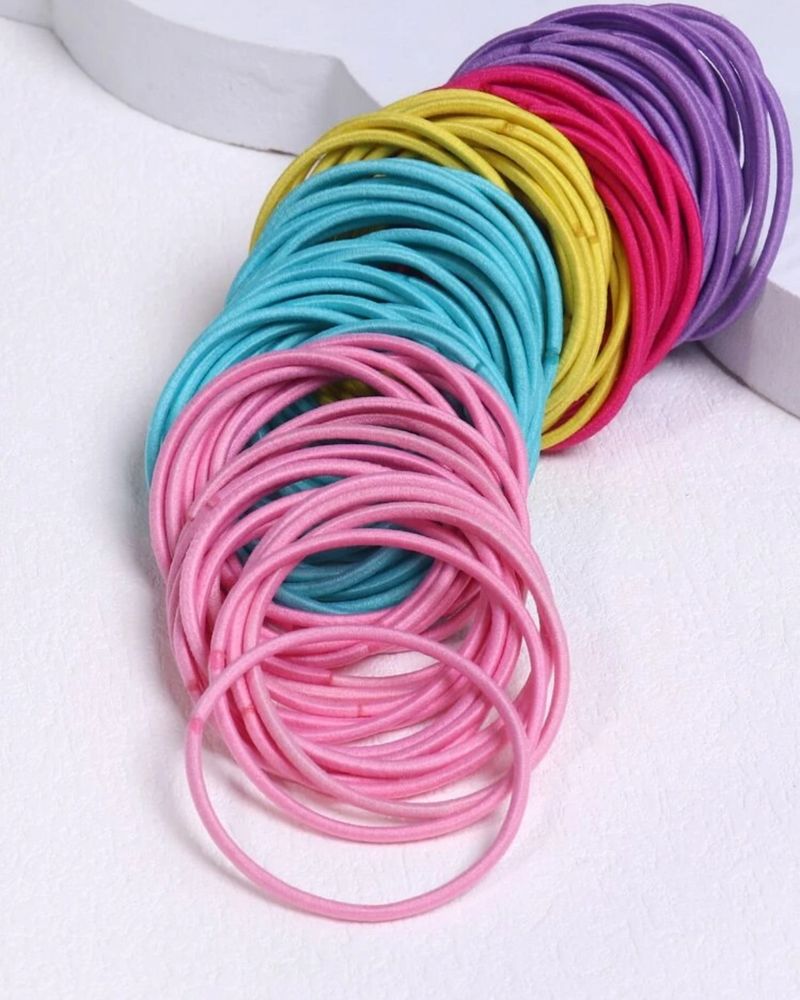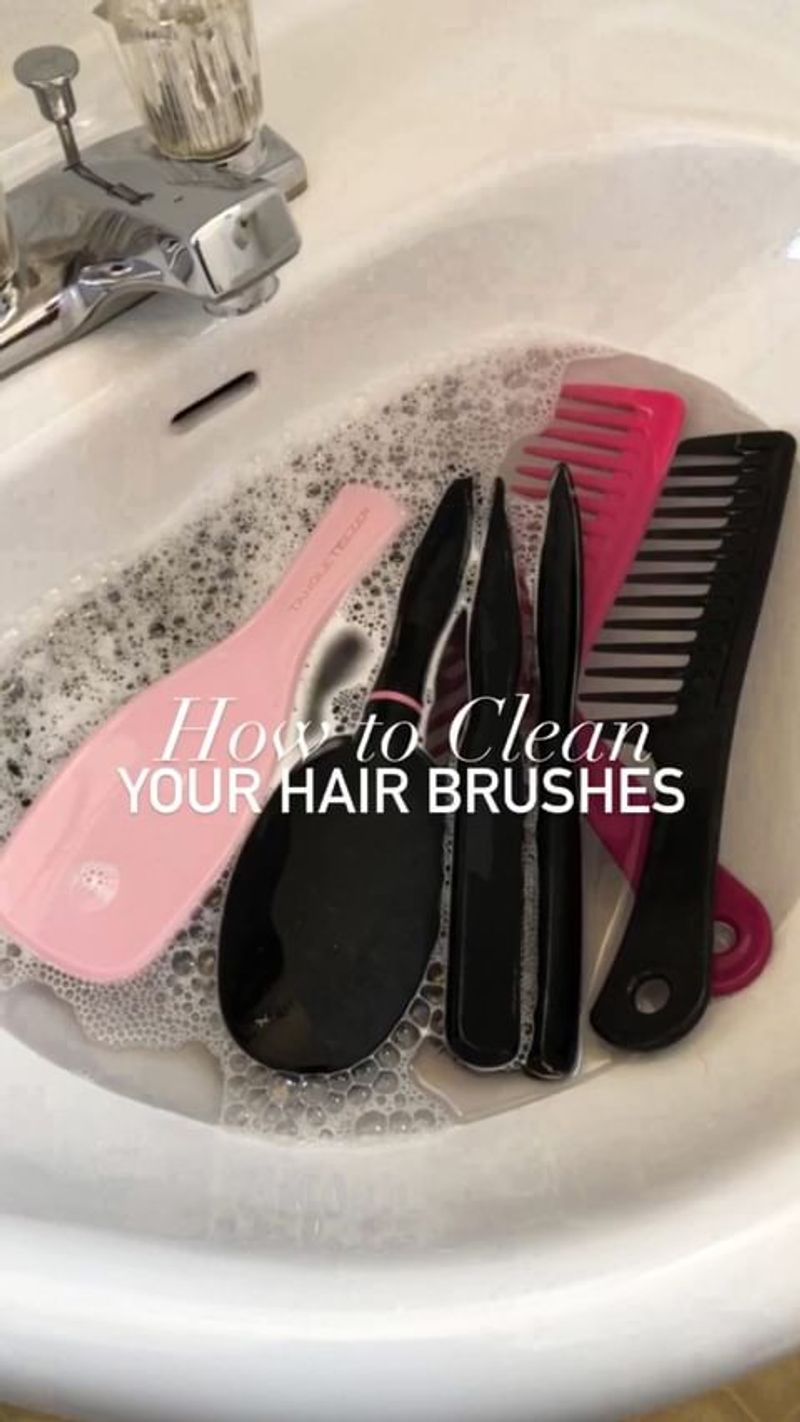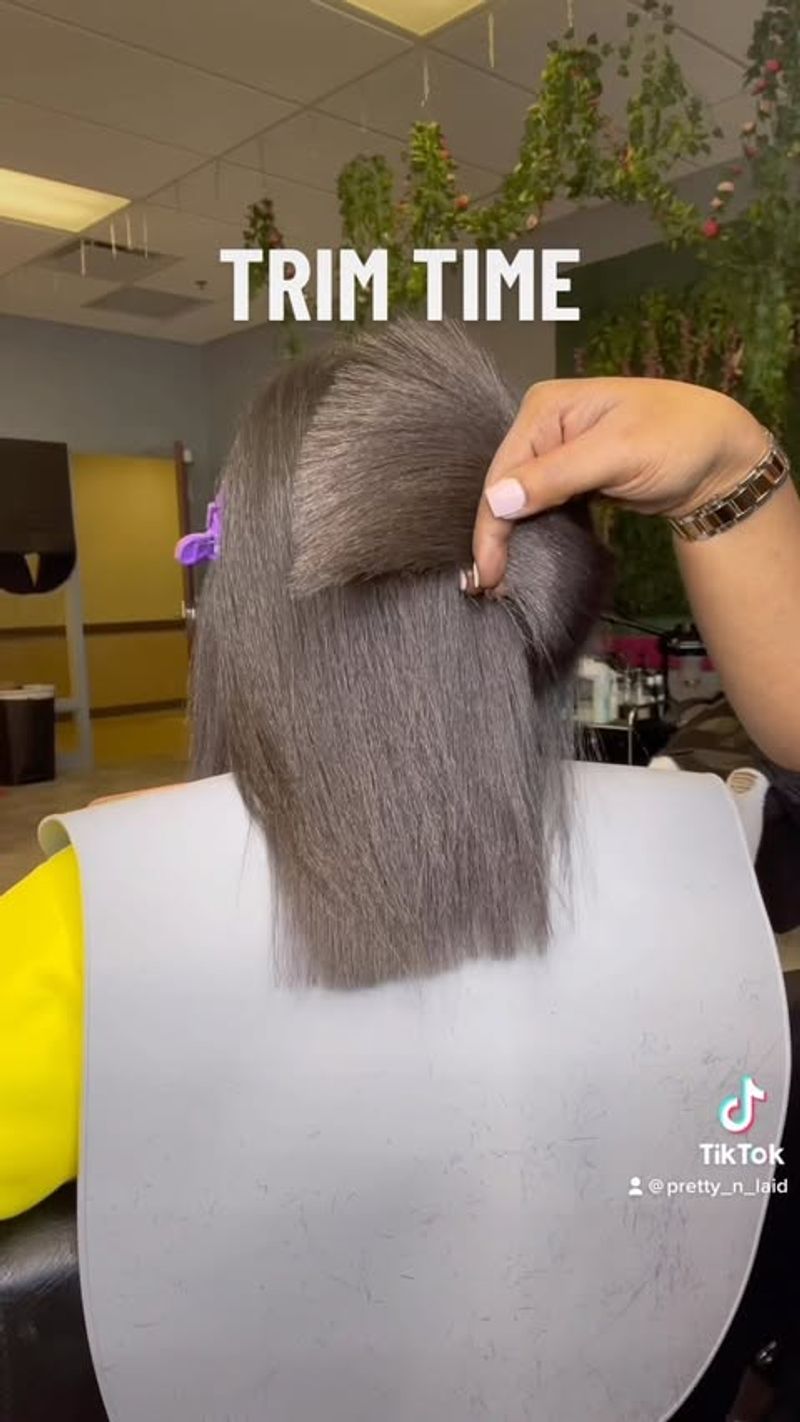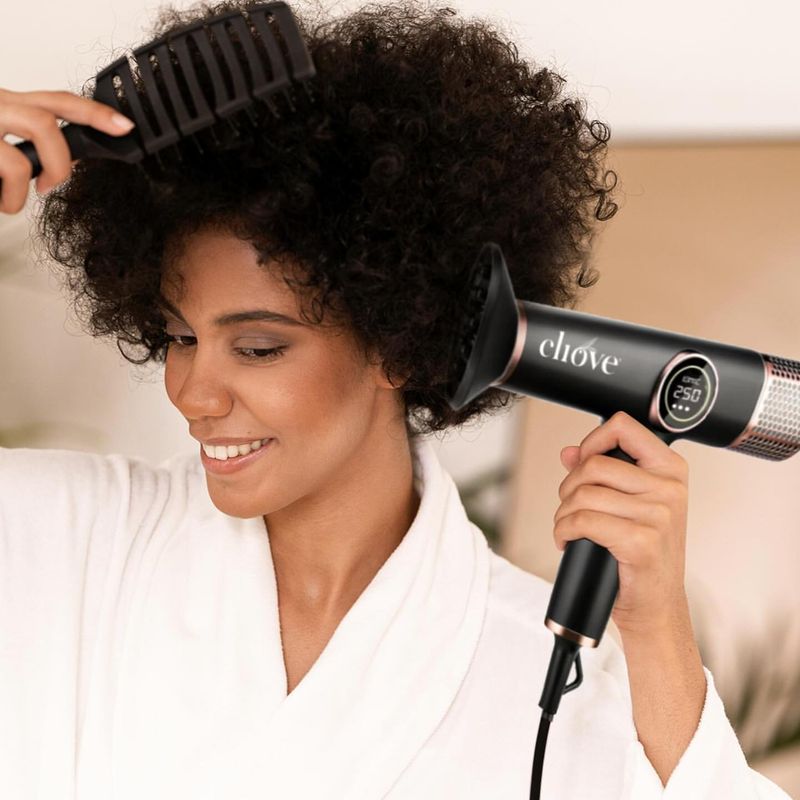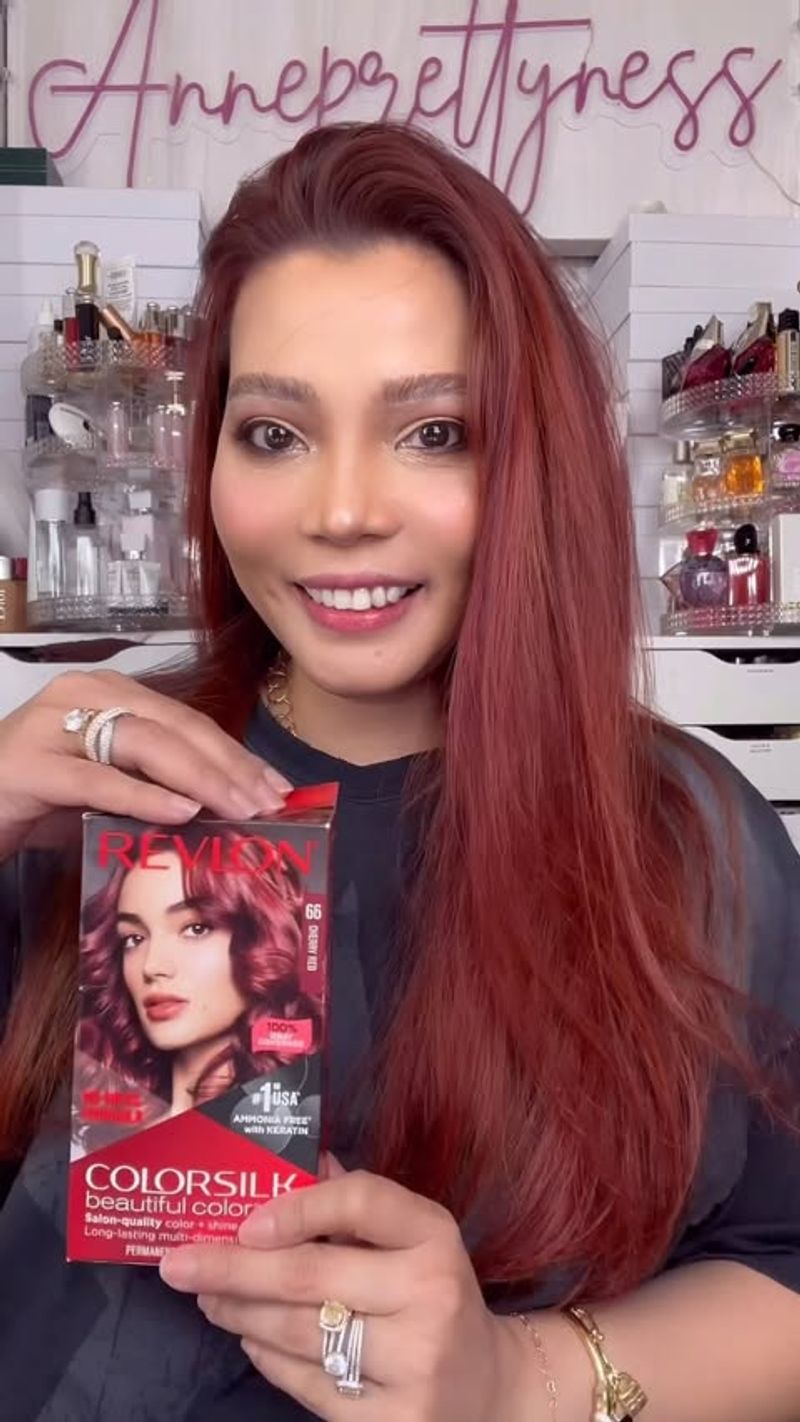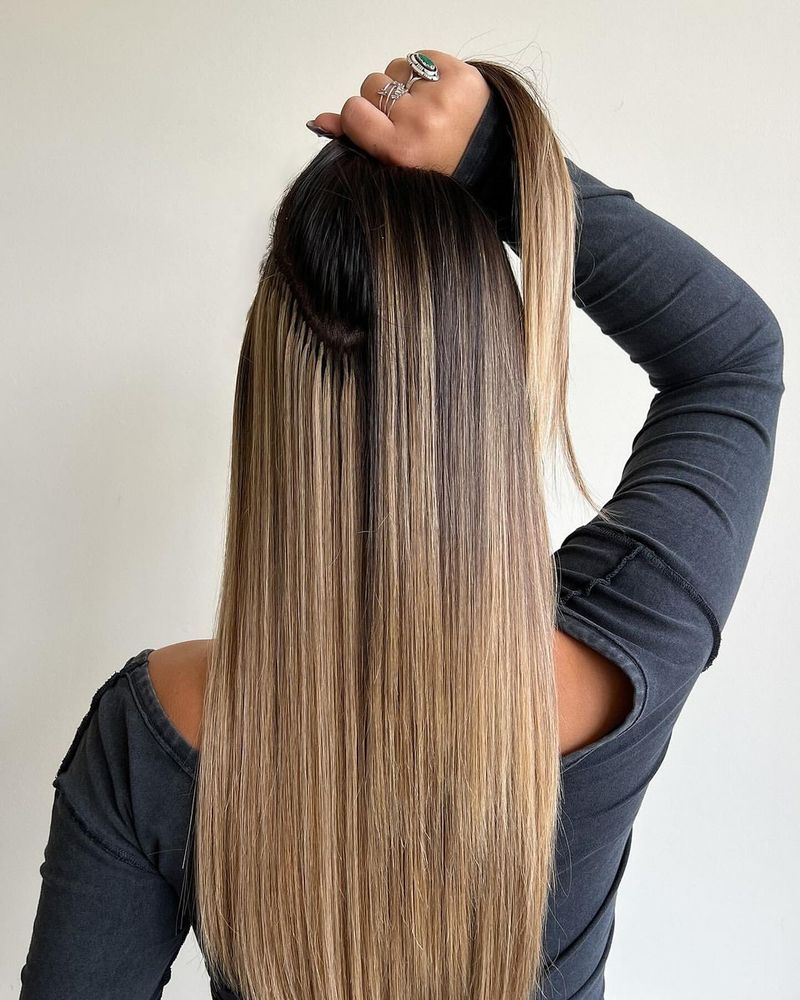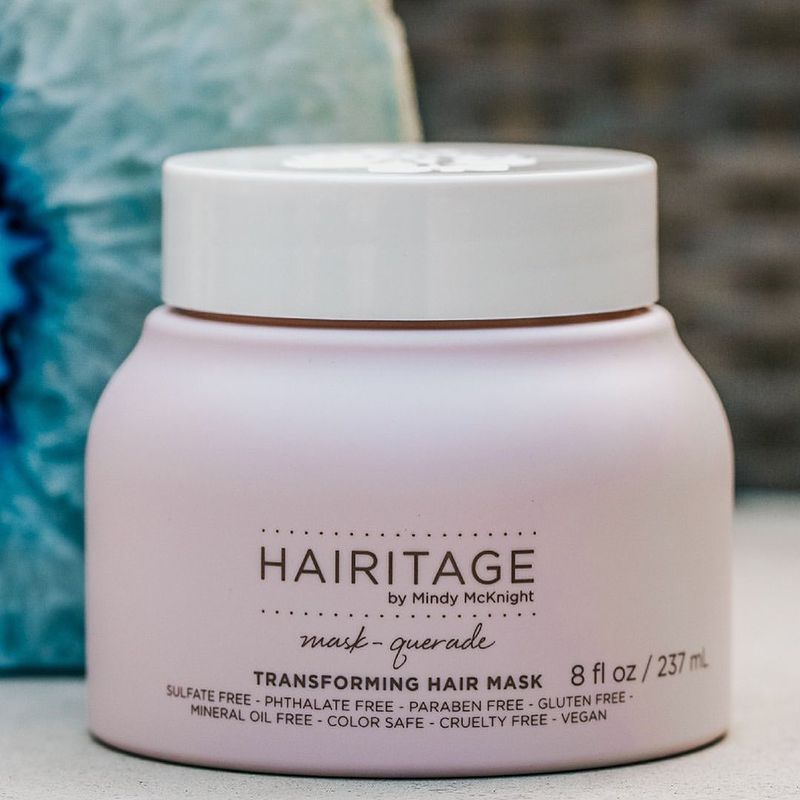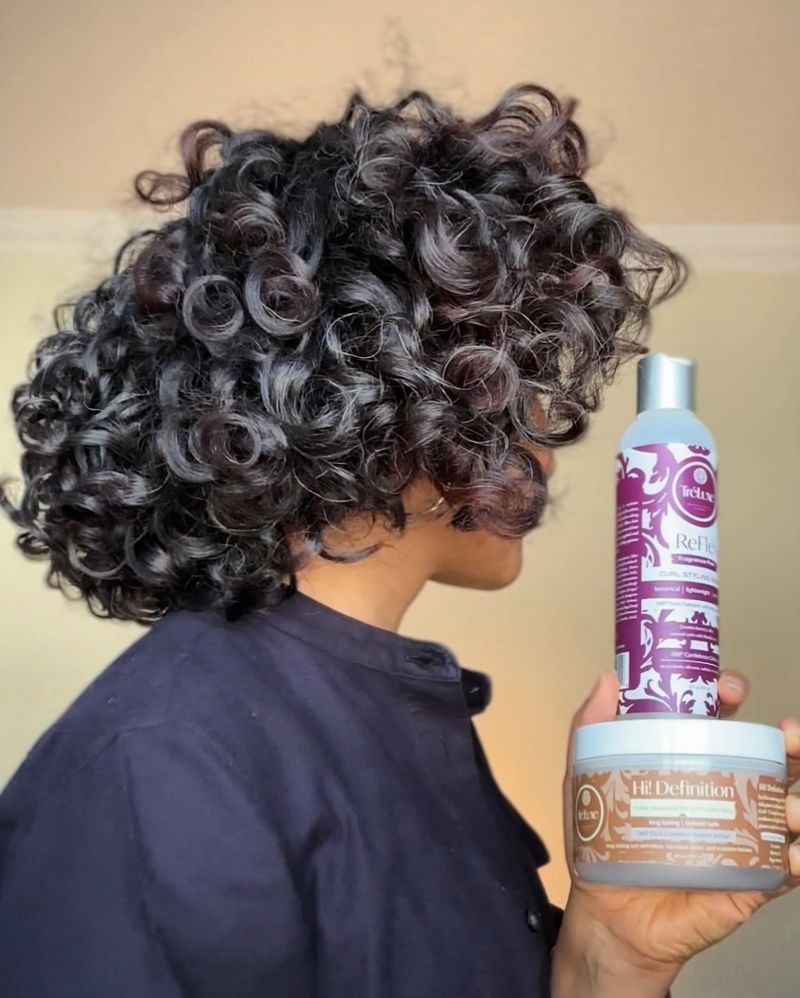Our daily habits can significantly impact the health of our hair. Often, we don’t realize that simple actions contribute to thinning hair. By identifying and altering these habits, we can work towards healthier, fuller locks. Here’s a detailed look at 31 common practices that might be causing your hair to thin, along with tips to combat them.
1. Excessive Heat Styling
Blasting your hair with heat tools daily weakens strands, causing them to break. Try reducing usage and always use a heat protectant spray. Opt for air-drying whenever possible to allow your hair to recover and maintain its natural strength.
2. Tight Hairstyles
Pulling your hair too tightly stresses the follicles, leading to breakage. Alternate your hairstyles, opting for looser, more relaxed looks. Give your hair a break to prevent tension and maintain healthy roots.
Related: -7 Straight-Hair Problems No One Talks About And 8 Easy Fixes That Shine
3. Over-washing Hair
Washing hair too often strips its natural oils, leaving it dry and brittle. Try washing every few days instead of daily. Use a gentle, sulfate-free shampoo to maintain your hair’s natural moisture balance.
4. Skipping Conditioner
Conditioner is vital for keeping hair hydrated and strong. Skipping it can lead to dry, unmanageable hair. Always apply conditioner after shampooing, focusing on the ends to detangle and nourish your strands effectively.
5. Poor Diet Choices
A diet lacking essential nutrients affects hair health. Incorporate foods rich in vitamins and proteins, like fish, nuts, and vegetables. Ensuring a balanced diet supports hair growth and reduces thinning, giving you lush, healthy locks.
6. Rough Towel Drying
Rubbing hair with a towel causes friction, leading to breakage. Instead, gently squeeze out excess water with a soft towel. Consider using a microfiber towel to reduce damage and keep your hair smooth and intact.
7. Neglecting Scalp Care
Ignoring your scalp can lead to poor hair health. Regular scalp massages stimulate circulation and promote growth. Use gentle exfoliants occasionally to remove buildup, ensuring a healthy environment for your hair to thrive.
8. Excessive Hair Brushing
Over-brushing can weaken hair strands, causing them to fall out. Brush gently, starting from the ends and moving upward. Use a wide-tooth comb to detangle wet hair, minimizing breakage and preserving your hair’s strength.
9. Using Wrong Hair Products
Incorrect products can harm hair, causing thinning. Identify your hair type and choose appropriate products. Avoid products with harsh chemicals. Opt for natural ingredients to maintain health and prevent further damage to your hair.
10. Ignoring Split Ends
Split ends can travel up the hair shaft, causing breakage. Regular trims are essential to prevent this. Aim for a trim every 6-8 weeks to maintain healthy ends and encourage overall hair health, reducing the appearance of thinning.
11. Frequent Chemical Treatments
Chemicals weaken strands, making hair prone to thinning. Limit chemical treatments such as coloring, perming, or relaxing. Consider natural alternatives or extend time between treatments to give your hair a chance to recover and rejuvenate.
12. Sleeping on Cotton Pillowcases
Cotton pillowcases create friction, leading to hair breakage. Switch to silk or satin pillowcases to reduce tension and moisture loss. This simple change helps keep hair smooth and healthy, preventing unnecessary thinning over time.
13. Smoking
Smoking affects circulation, impacting hair growth negatively. Quit smoking to improve blood flow to the scalp, promoting stronger, fuller hair. Your overall health, along with your hair, will benefit immensely from kicking this habit.
14. Lack of Hydration
Dehydration leads to dry, brittle hair. Drink plenty of water daily to keep your hair hydrated from the inside out. Staying hydrated supports your hair’s natural shine and strength, reducing the risk of thinning.
15. Neglecting Hair Protection
Exposure to sun and pollution weakens hair. Use hats or scarves when outdoors to protect your strands from UV rays and environmental damage. This preventive step helps maintain the hair’s integrity, minimizing thinning risks.
16. Stress
Chronic stress disrupts hair growth cycles, causing thinning. Practice stress-reducing techniques such as yoga or meditation. Taking time to relax can significantly improve your hair health and promote stronger, more resilient growth.
17. Too Much Dry Shampoo
Overusing dry shampoo leads to buildup, blocking follicles. Use it sparingly, and ensure proper cleansing between uses. Over-reliance on dry shampoos can suffocate your roots, hindering healthy hair growth and leading to thinning.
18. Towel Turban Drying
Wrapping your hair in a towel turban-style after a shower can create friction and lead to breakage. The weight of the towel can pull on your hair, especially when it’s wet and more fragile. Try gently patting your hair dry with a soft towel or an old t-shirt to absorb excess water without causing friction. Avoid rubbing your hair vigorously, as this can exacerbate damage.
19. Brushing Wet Hair Aggressively
Wet hair is more vulnerable to damage, and brushing it aggressively can cause breakage and thinning. When hair is wet, it stretches more easily, making it more prone to snapping. Instead, use a wide-tooth comb to gently detangle your hair, starting from the tips and working your way up. This method reduces the risk of pulling and breaking your hair.
20. Wearing Hats All the Time
Constant hat-wearing restricts airflow, leading to oil buildup and thinning. Give your scalp breathing room by occasionally going hat-free. Allowing air circulation promotes healthier hair growth and reduces thinning risks.
21. Skipping Hair Vitamins
Your hair needs a variety of nutrients to grow strong and healthy. Skipping hair vitamins can leave your locks lacking the essential building blocks they need. Nutrients like biotin, vitamin D, and omega-3 fatty acids play a vital role in hair growth.
22. Using Elastic Hair Bands
Elastic hair bands, especially those without a fabric covering, can snag on your hair, leading to breakage over time. The tension from pulling your hair into tight ponytails or buns can place unnecessary stress on your hair follicles. Consider switching to fabric-covered bands or scrunchies to reduce damage.
23. Not Cleaning Hair Tools
Dirty brushes spread oils and residue, causing buildup. Regularly clean your hair tools to ensure freshness with every use. Clean tools maintain hygiene and prevent unnecessary hair damage, supporting a healthy scalp environment.
24. Skipping Regular Haircuts
Postponing haircuts leads to splits and thinning. Maintain regular trims to keep hair healthy and strong. Regular haircuts remove damaged ends, promoting a fuller appearance and reducing the risk of further thinning.
25. Frequent Swimming in Chlorine
Chlorine dries and damages hair. Wear a swim cap or apply conditioner before swimming to protect your hair. Rinse thoroughly after swimming to remove any chemical residues, maintaining your hair’s health and preventing thinning.
26. Improper Hair Drying Techniques
Drying hair improperly is a common mistake that can lead to thinning over time. Using a blow dryer too close to the scalp can cause heat damage, weakening the hair shaft. Always maintain a safe distance and use a heat protectant spray.
27. Excessive Dyeing
Frequent dyeing damages hair, leading to thinning. Space out dye sessions and use gentle, nourishing formulas. This approach helps maintain your hair’s health, reducing the risk of damage and ensuring a thicker, healthier mane.
28. Overuse of Hair Extensions
Hair extensions, when used excessively, can place undue stress on the roots of your hair. This tension can lead to traction alopecia, a condition where hair falls out due to being pulled on over time. It’s crucial to give your natural hair a break to avoid permanent damage.
29. Skipping Hair Masks
Hair masks replenish moisture and strength. Skipping them can lead to weak, thinning strands. Incorporate a mask into your routine weekly to deeply nourish your hair, maintaining its vitality and reducing breakage.
30. Not Protecting Hair While Sleeping
Sleeping with loose hair causes tangles and breakage. Use a silk scarf or braid your hair before bed. This simple step prevents damage, maintaining hair health and reducing thinning caused by nightly friction.
31. Over-styling with Gels and Sprays
Heavy styling products build up, weighing hair down. Use these products sparingly and choose lightweight alternatives. This helps maintain your hair’s natural bounce and reduces thinning caused by excessive product use.

